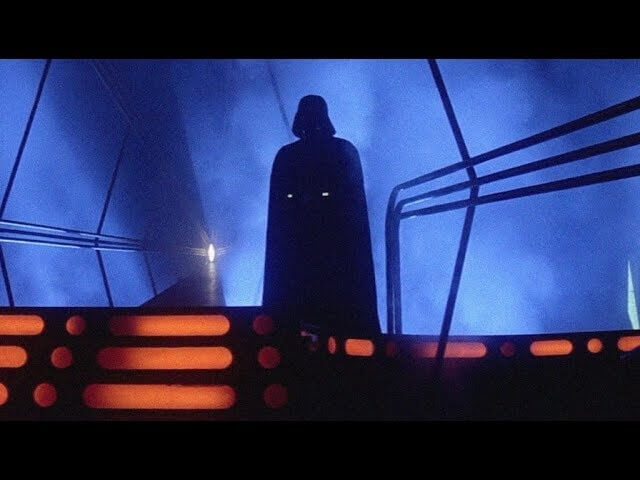Minor tweaks by Irvin Kershner helped transform Darth Vader into an icon
There might be no more iconic character in pop culture than Darth Vader, whose sloping, passionless mask you’ll see on the heads of children and adults every Halloween. What’s wild is that, as Nerdwriter points out in his latest video essay, Vader is barely in the original Star Wars trilogy. Of that trilogy’s 6 and a half hour running time, Vader is onscreen for roughly 33 minutes. What, then, is the enduring appeal? It can’t just be James Earl Jones’ voice.
No, the essay points out, it isn’t, though nobody would deny its power. It’s more about how the character’s visual presentation posits him as so much more than a, well, character. Much of this work was done by The Empire Strikes Back director Irvin Kershner, who made some key changes to Vader in his film. Firstly, he swapped out the dirty, beaten mask of A New Hope for one that’s sleek, glassy, and reflective, and, secondly, he chooses to revel in the character’s basic shape and presence via carefully lit and framed silhouettes. By doing so, he elevates Vader from a villain to an embodiment of a particular type of evil. The character evolves, then, from mere human to terrifying myth.
This gives more weight to Anakin’s story, too, as Vader more or less comes to represent an utter absence of humanity. That’s why the reveal of who is behind the mask at the end of The Return of the Jedi is so powerful, and why the prequels had all the potential in the world to paint a modern tragedy.
